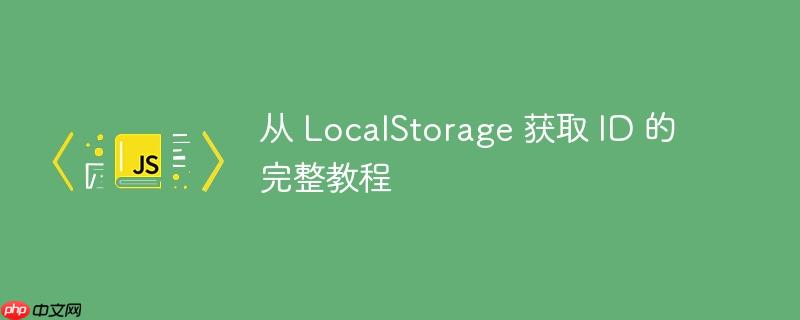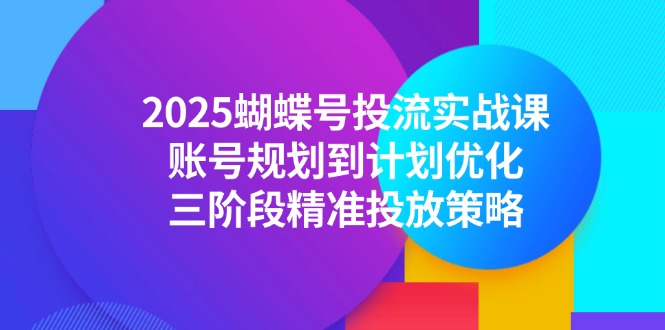
本文档详细介绍了如何在 Next.JS 项目中使用 redux 时,从浏览器的 localStorage 中安全有效地获取 ID,并将其传递给 API 请求。我们将重点讲解如何正确读取 localStorage 中的数据,以及如何将其应用于你的 profileService。同时,还会提供一些最佳实践和注意事项,以确保你的代码健壮且易于维护。
从 LocalStorage 获取 ID
localStorage 是浏览器提供的一种用于在客户端存储数据的机制。它允许你在用户的浏览器中存储键值对,即使关闭浏览器窗口或刷新页面,数据仍然存在。在你的场景中,你希望从 localStorage 中获取用户 ID,并将其用于获取用户配置文件的 API 请求。
1. 读取 LocalStorage 中的 ID
首先,你需要使用 localStorage.getItem() 方法从 localStorage 中读取 ID。你需要知道存储 ID 的键名。假设你的 ID 存储在键名为 “id” 的地方,你可以这样获取它:
const storedId = localStorage.getItem("id");
重要提示: localStorage.getItem() 方法返回的是字符串。如果存储的是数字,你需要将其转换为数字类型,或者在API请求中直接使用字符串类型(如果API支持)。 另外,如果 localStorage 中不存在该键,getItem() 方法将返回 NULL。因此,在使用 storedId 之前,务必检查它是否为 null。
2. 修改你的 profileService
你的 getProfile 函数需要接收 ID 作为参数。修改你的代码如下:
import axios from "axios"; import { base_url } from "@/utils/base_url"; const getProfile = async (id) => { const response = await axios.get(`${base_url}user/${id}`); return response.data; } const profileService = { getProfile, }; export default profileService;
现在,getProfile 函数接收一个 id 参数,并将其用于 API 请求。
3. 调用 getProfile 函数
在你的组件或 Redux action 中,你需要先从 localStorage 中获取 ID,然后将其传递给 getProfile 函数。
// 示例:在 Next.js 组件中使用 useEffect import { useEffect, useState } from 'react'; import profileService from './profileService'; // 确保路径正确 function MyComponent() { const [profile, setProfile] = useState(null); useEffect(() => { const storedId = localStorage.getItem("id"); if (storedId) { profileService.getProfile(storedId) .then(data => { setProfile(data); }) .catch(error => { console.error("Error fetching profile:", error); }); } else { console.warn("No ID found in localStorage"); } }, []); // 空依赖数组,确保只在组件挂载时执行一次 if (!profile) { return Loading profile...; } return ( {/* 显示 profile 信息 */} Name: {profile.name}
{/* 其他 profile 信息 */} ); } export default MyComponent;
代码解释:
- useEffect hook 用于在组件挂载后执行副作用操作。
- localStorage.getItem(“id”) 从 localStorage 获取 ID。
- if (storedId) 检查 ID 是否存在。
- profileService.getProfile(storedId) 调用 getProfile 函数,并将 ID 作为参数传递。
- .then() 和 .catch() 用于处理 promise 的结果和错误。
- console.warn() 用于在控制台中输出警告信息,方便调试。
4. 安全性注意事项
- 不要在 localStorage 中存储敏感信息。 localStorage 中的数据是未加密的,容易受到 xss 攻击。
- 始终验证从 localStorage 中获取的数据。 确保数据的类型和格式符合预期。
- 考虑使用 sessionstorage。 如果数据只需要在用户会话期间存在,可以使用 sessionStorage 代替 localStorage。 sessionStorage 的数据在浏览器关闭后会被清除。
- 使用 Cookie 的 httpOnly 标志。 如果你必须存储敏感信息,考虑使用带有 httpOnly 标志的 Cookie。这可以防止客户端脚本访问 Cookie,从而降低 XSS 攻击的风险。
5. 总结
从 localStorage 中获取 ID 并将其用于 API 请求是一个常见的任务。通过正确使用 localStorage.getItem() 方法,并注意安全性,你可以安全有效地完成此任务。记住,始终验证从 localStorage 中获取的数据,并考虑使用更安全的存储机制来存储敏感信息。



















